Room & Board is a rare company. It doesn't have to be
Published in Business News
When Room & Board founder and chairman John Gabbert hit his late 60s, he knew it was time to start thinking about what should happen to his furniture company when he was no longer around.
He and the executive team examined every possibility — going public, selling to a group of minority owners or a strategic buyer or private equity firm. What Gabbert knew for sure was that he wanted a buyer who would maintain the status quo, allowing the company to grow at the steady pace that had long been its hallmark. The problem? “We found that didn’t exist,” Gabbert says. Every interested party wanted to change the model to chase faster growth and more profits.
After a decade spent searching for the right fit, the company finally picked a solution that didn’t involve an outside buyer at all. In April of last year, Room & Board transitioned to a 100% Employee Stock Ownership Plan, or ESOP. “I didn’t think it would take that long,” Gabbert says, “but if you spend your whole life building a business, this is the one big decision that you make.”
Ultimately, none of the employees were all that surprised that an ESOP is where Gabbert ended up. The 45-year-old company with 1,100 staff members and some $600 million in annual revenue is already a B-Corporation, which means a non-profit has certified that it adheres to high environmental and social standards. The company has participated in profit-sharing with employees since 2017 and embraced initiatives like sourcing sustainable wood before it was the trendy thing to do. Room & Board was even unusually transparent with employees in the way it communicated the new structure; the management team went against the advice of its lawyers and advisors, telling the staff it was considering an ESOP early in the process — it didn’t want anyone to be unsettled by the sight of strange people in suits roaming the halls.
Gabbert now spends half his time in Santa Barbara; he and I spoke for this piece over Zoom. But Room & Board’s headquarters outside of Minneapolis still has his fingerprints all over it — the most obvious tell being the sleek, clean design that leaves you with the surreal impression that you’ve stepped inside a furniture catalogue. Here, the company applies the same attention to detail to employee wellbeing as it does to its design work. You can hear the thwacking of paddles from the pickleball court as you walk around the building, or spot employees taking meetings outside in its sustainable urban meadow — one of the largest in North America.
Even as the company has grown, it’s managed to maintain a mom-and-pop vibe. It becomes a running joke that every person I talk to has been at the company longer than the last: CEO Bruce Champeau for 33 years, the chief people officer for 32, the director of marketing for 29, the vice president of merchandising for 27 years. Brett Vander Louw, who runs the company’s delivery operations, is visibly excited to be hitting his 26th anniversary, which means he’s been at the company for half his life. CFO Jean Sand tells me she is considered a newbie at 17 years.
“There’s this mindset of long term here,” Room & Board director of sustainability Emily McGarvey tells me, pointing to the company’s decades-long relationships with vendors and low staff turnover, which stands out in a retail sector notorious for churning through employees. “Sustainability is all about durability and thinking about the long term versus what you need to accomplish next quarter. An ESOP is just continuing that long-term mentality.”
***
The Employee Stock Ownership Plan structure was formalized in 1974 as part of a federal law setting minimum standards for voluntary retirement plans. That’s because ESOPs aren’t direct employee ownership like a worker cooperative; instead, they are regulated much like a 401(k) — except the benefits are mostly funded by employer contributions. Here’s how it works: First, the company sets up a trust for the benefit of its employees. It then borrows money and loans it to the trust to buy shares of the company from the current owners. Each year, the company contributes some of its profits to the trust, which uses the money to pay back the loan. As the loan is paid down, shares in the ESOP are allocated to employees on an annual basis. (Tax incentives give ESOP-owned companies extra cash flow to pay down the debt faster.) Employees get paid out when they retire, reach a certain age and have a certain number of years of service, or leave the company if they’re vested.
Right now, not many companies have tried to make an ESOP work: There were just 6,548 in the US as of last count, according to the National Center for Employee Ownership. But the structure deserves more attention and consideration than it’s getting. In the right situation, an ESOP gives employees a true stake in a company’s success, which yields more than warm, fuzzy feelings — it can lead to increased productivity and dramatically lower turnover. And if their efforts help the business thrive, it can put significant returns into employees’ pockets. (Just ask the so-called Publix Millionaires famously minted by the grocery chain’s ESOP.)
Turning employees into shareholders also has the potential to chip away at the US wealth gap. Over the last 50-odd years, the top 0.01% has grown its wealth nearly six times as fast as the bottom 50%. The biggest driver of this disparity is the fact that some 40% of Americans own no stock, says KKR partner Pete Stavros, who, as co-head of the firm’s global private equity business, might seem like an unlikely champion of ESOPs. “That's why rich people are rich and, and half of America has no wealth,” he says. Most companies perpetuate the problem by granting stock only to those at the very top of the org chart; at an ESOP, all employees receive such grants.
But to tap the true potential of ESOPs, more companies need to convert to the model than the 250 or so that do so each year. That can be achieved. And to get there, Congress needs to modify the now 50-year-old legislation that created the structure, removing some of the roadblocks that have made ESOPs attractive primarily to small companies in a limited number of industries that are family- or founder-owned.
When an S-corporation is fully owned by its ESOP, the company pays no federal income taxes — which is now the case for Room & Board. But granting full ownership to employees is rarely feasible for very large, more complex companies. A good alternative would be becoming a partial ESOP, in which some portion of the company’s shares are sold to a trust and then divvied out to employees over time, while either public or private shareholders continue to hold the remainder. But that model lacks the same economic incentive as a full ESOP. Extending additional tax breaks to businesses that choose partial ownership would bring more companies on board.
Some critics argue that a partial ESOP isn’t really employee ownership at all. But taking a purist approach means workers leave a lot of wealth on the table. Companies where all or the majority of shares are owned by an ESOP are much more likely to be privately held. These types of ESOPs generate on average $164,000 in wealth per employee, according to research from Rutgers University’s Institute for the Study of Employee Ownership and Profit Sharing. At publicly traded companies, ESOPs usually own only about 2% of shares and are typically combined with 401(k) plans. Still, the average assets per employee is $134,000 — about 50% more than the average amount held by a worker with only a 401(k) plan at a publicly traded, non-ESOP company. The idea that a significant chunk of those public companies would go 100% ESOP if the partial option didn’t exist is, unfortunately, unrealistic. For most workers, the choice is not partial ESOP or full ESOP; it’s partial ESOP or nothing, says Aziz El-Tahch, ESOP advisory practice leader at Stout, which advised the Room & Board ESOP.
Another reform that would make ESOPs more attractive is clarifying the rules for establishing and operating ESOPs. Right now, there is no clear regulation that governs the conduct of ESOP transactions. Lawyers instead rely on the likes of case law and proposed regulation from 1988. (Federal rules regarding ESOPs that had been proposed by the Department of Labor under the Biden administration were withdrawn by President Trump on his first day back in office.) The lack of regulatory clarity exposes companies to some legal risk, which many are unwilling to take on. Explicit rules that make the process less burdensome, confusing and costly, would go a long way.
***
Of course, even if those reforms are carried out, an ESOP will never be a good fit for all companies. The structure tends to attract those who are already engaged with the big questions of what a functioning and fairer economy should look like. During my visit to Room & Board, the number of employees who told me that they were hopeful that the ESOP would lead to a more equitable distribution of wealth stood out.
For his part, Gabbert had been willing to leave money on the table to go down the ESOP path rather than sell to an outside party, which might have paid a premium. He’d made that concession, he says, because “life isn’t about making as much money as you possibly can.”
That view is far from a universal, however. “The reality is, if you’re a business owner or entrepreneur and you’re only concerned about getting the highest possible price, an ESOP is likely not going to work,” explains Stout’s El-Tahch. To do an ESOP, a company must be priced at its fair market value. Tax incentives attached to an ESOP help bridge the gap with what an owner might get on the open market, but often can’t span it, El-Tahch tells me.
Gabbert’s biggest hesitation about the ESOP came down to financing. In the early years, when Room & Board had been a struggling company, he took out a small loan from a large bank, which decided overnight it wanted its money back. Gabbert took out a second mortgage on his house to pay it off. After that episode, he made sure the company operated with little or no debt, and the idea of taking out a large loan to finance the ESOP made him uncomfortable. “I just didn’t want that experience again,” he says. Instead, the company’s 27 shareholders — 19 of them staff and the rest Gabbert and his family — received a note receivable that said they’d be paid by Room & Board over no more than 10 years. CFO Sand calls it “friendly debt.”
One of the hardest questions for the company was how to allocate shares to employees. The majority of ESOPs apportion them based on compensation — the more you get paid, the more shares you have. But CEO Champeau says that didn’t feel right: “You don’t want to ever get in a situation with the haves and have-nots.” The management team ended up using a point system that considered pay as well as tenure and capped both — a way to give a little something extra to those employees, regardless of job title, who had helped build the company from its early days. “It was all in the spirit of being fair,” Champeau says. “I don’t need to get that many more points than the person in the distribution center who’s delivering furniture.”
Now the company is doing the difficult work of educating employees on how an ESOP works and what it means for them. That includes making sure no one thinks they’re going to turn into a millionaire overnight. Whatever wealth workers may gain depends on how the company fares and remains hypothetical until they cash out their shares. One employee quipped that it was still too early to know whether it would be yacht money or extra car money.
But plenty of ESOPs have made rank and file employees very wealthy. KKR’s Stavros tells me that he first encountered an ESOP when helping take a bevel gear manufacturing private back in the 1990s. A chunk of ownership was in the hands of employees, and “the wealth creation was shocking — executive assistants and frontline workers with million-dollar ESOP accounts,” he says. “And despite what seemed to be a pretty powerful model, no one had ever heard of it.”
Last year, Stavros launched a coalition called Expanding ESOPs that is trying to supercharge the number of companies that go down the employee ownership path. It’s pushing for regulations that would provide more economic incentives to companies that give employees partial ownership, rather than requiring them to go full ESOP to reap the benefit. The organization has done some polling work that’s found that 81% of registered voters know little or nothing about broad-based employee ownership. Once they do, those surveyed overwhelmingly support the idea regardless of their political leanings.
Expanding ESOPs is Stavros’ personal side project, but today KKR shares some ownership with all employees in every US deal in which it has operational control. When done right, Stavros says, the firm has found that employees are more engaged and productive and less likely to quit — all leading to better corporate performance. “Helping people build wealth is part of it,” says Stavros. “But people want a voice in their work. They want to be treated with respect. They want information so they know what’s going on. All of that holds together to create a different type of culture.”
At Room & Board, the ESOP is also giving employees a sense of assurance about the future. “It’s not lost on me that had we gone another route, I’m not sure that I would be sitting here,” Champeau tells me. That feeling of comfort has trickled down to the company’s manufacturing partners, many of whom had grown right alongside Room & Board and heavily relied on its business.
One of those vendors is Bell Manufacturing, which started working with Room & Board in 1989. Jim Bell, who co-owns the company with his sister, says that before the two companies started working together, his dad, who founded Bell, had been cobbling together whatever he could to help the company survive — making radiator covers and then car wash equipment and a carpet business. He connected with Gabbert, who had a vision for using steel as a material for furniture. Their first collaborations were metal bed frames and accent tables. The partnership transformed Bell; today 95% of the company’s business is with Room & Board.
Bell took me around his facility where they make things like steel tables, table legs, benches, stools and bed frames. He pointed out one of his daughters, who works on the shop floor as an assistant supervisor. His other daughter works in the office creating job packets, and a nephew is a safety manager. Like Gabbert, Bell is also starting to think about what the future might look like. An ESOP is on the table.
©2025 Bloomberg L.P. Visit bloomberg.com/opinion. Distributed by Tribune Content Agency, LLC.
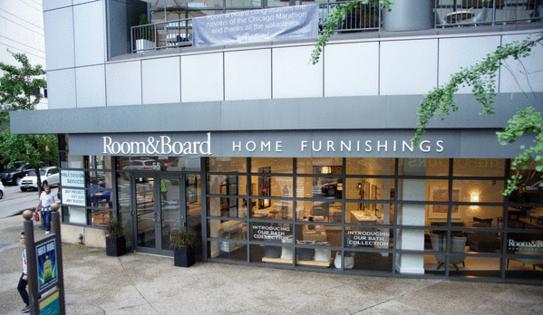
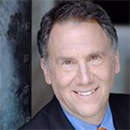
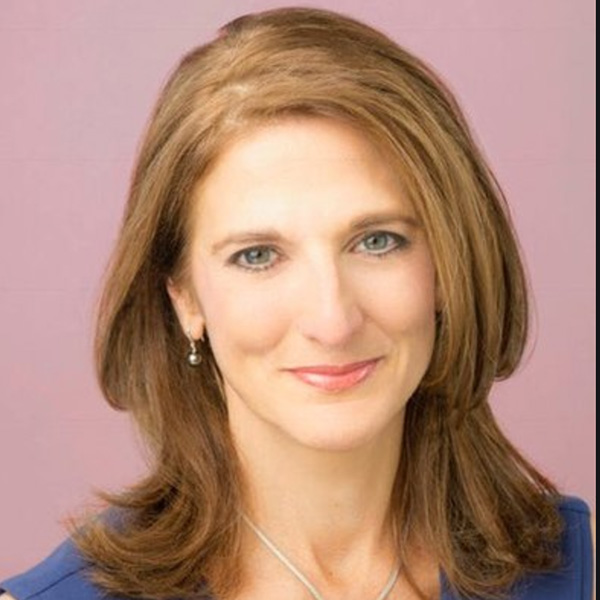
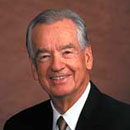
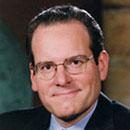
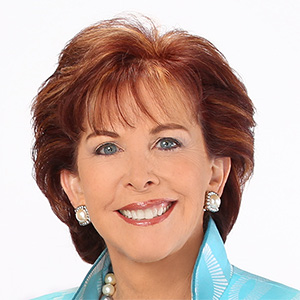

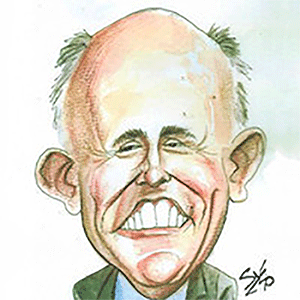

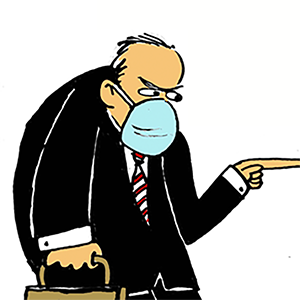


Comments